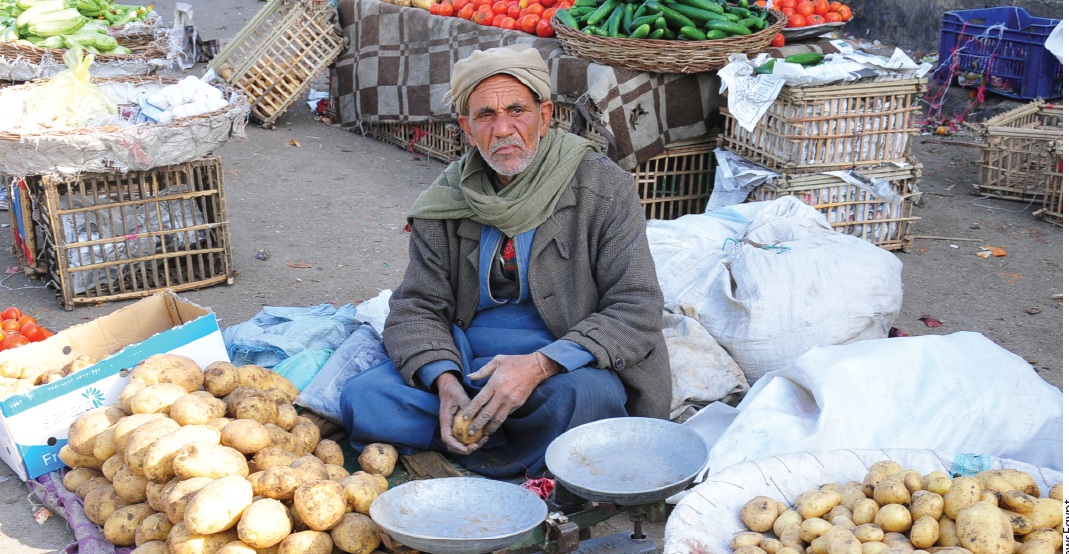On August 6, 2015, President Abdel Fattah Al-Sisi officially opened the New Suez Canal, just 366 days after launching the Suez Canal Area Development project. The Pharaonic undertaking widened the world’s pioneering man-made waterway – first built in 1874 BC to link the Mediterranean and Red Seas via the Nile–adding an extra 35 km to the 164km canal to permit two-way traffic at Ballah Bypass. Government projections hope to see the Canal’s annual revenues more than double to reach $13.5bnby 2013.
The $8.6bn mega-project, funded by bonds bought by Egyptian companies and citizens, is designed to develop the canal region’s role in global trade and three cities along its course: Ismailia, Port Said, and Suez. Other improvements include four tunnels under the canal for cars and trains, to be carried out by consortiums of overseas operators and leading Egyptian businesses, like Orascom Construction.
All new infrastructure will anchor the complementary development of a services hub, SCZone, expected to attract investment across the economy, from logistics and ICT to industry and energy generation. With 100sqkm of logistics and port area and another 400sqkm of land for real estate and industrial development, the SCZone is poised to position Egypt at the very heart of regional trade.




